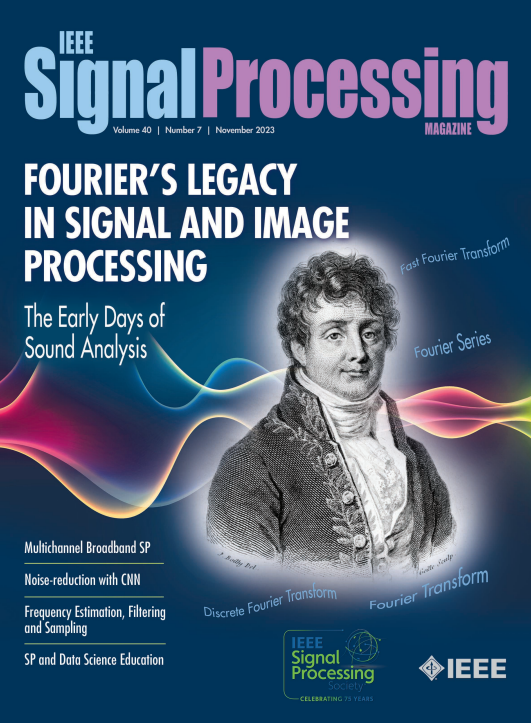The Future of Bionic Limbs: The untapped synergy of signal processing, control, and wireless connectivity
IF 9.6
1区 工程技术
Q1 ENGINEERING, ELECTRICAL & ELECTRONIC
引用次数: 0
Abstract
The flexibility and dexterity of human limbs rely on the processing of a vast quantity of signals within the sensory-motor networks in the brain and spinal cord, distilled into stimuli that govern the commands and movements. Hence, the use of assistive devices, such as robotic limbs or exoskeletons, is critically dependent on the processing of a large number of heterogeneous signals to mimic natural movements. This article provides a panoramic overview of the three paradigms for the control of bionic limbs based on mechatronic technology. Two of them have already been established in the literature, while the third one, advocated by this article, is an emerging approach, enabled by the latest developments in connectivity and computation. In the first paradigm, the bionic limbs rely on conventional control and are directly reconnected to the human sensory-motor system, which requires a large signal processing bandwidth. The second paradigm is based on semiautonomous limbs, endowed with context-aware processing and certain decision capability. Following the advances in wireless connectivity and cloud/edge processing, this article introduces a third paradigm of connected limbs.仿生肢体的未来:尚未开发的信号处理、控制和无线连接的协同作用
人类肢体的灵活性和灵巧性依赖于大脑和脊髓感觉运动网络对大量信号的处理,并将其提炼为支配指令和动作的刺激。因此,机器人肢体或外骨骼等辅助设备的使用在很大程度上依赖于对大量异构信号的处理,以模仿自然动作。本文对基于机电一体化技术的仿生肢体控制的三种范式进行了全景式概述。其中两种范式已在文献中得到证实,而本文所倡导的第三种范式则是一种新兴的方法,它得益于连接和计算领域的最新发展。在第一种范式中,仿生肢体依靠传统的控制方式,直接与人类感觉运动系统重新连接,这需要很大的信号处理带宽。第二种范式基于半自主肢体,具有情境感知处理能力和一定的决策能力。随着无线连接和云/边缘处理技术的发展,本文将介绍第三种互联肢体范例。
本文章由计算机程序翻译,如有差异,请以英文原文为准。
求助全文
约1分钟内获得全文
求助全文
来源期刊

IEEE Signal Processing Magazine
工程技术-工程:电子与电气
CiteScore
27.20
自引率
0.70%
发文量
123
审稿时长
6-12 weeks
期刊介绍:
EEE Signal Processing Magazine is a publication that focuses on signal processing research and applications. It publishes tutorial-style articles, columns, and forums that cover a wide range of topics related to signal processing. The magazine aims to provide the research, educational, and professional communities with the latest technical developments, issues, and events in the field. It serves as the main communication platform for the society, addressing important matters that concern all members.
 求助内容:
求助内容: 应助结果提醒方式:
应助结果提醒方式:


